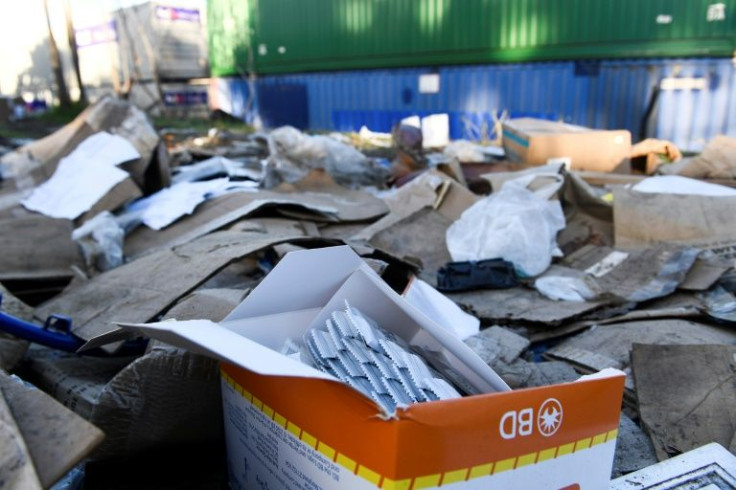Which COVID-19 Rapid Tests Are Easier To Use? The Higher Rated, The Better
A usability evaluation by the nonprofit Emergency Care Research Institute (ECRI) evaluated the ease of use of seven at-home COVID-19 tests to determine which ones are easiest for U.S. consumers to use.
All the tests reviewed by the ECRI have received emergency use authorization from the Food and Drug Administration (FDA), not full authorization. The tests reviewed by the ECRI were On/Go, CareStart, Flowflex, QuickVue, FinaxNow, InteliSwab and BD Veritor.
Based on the findings, the ECRI concluded that “some rapid tests are much easier to use than others. If given an option, consumers should choose the test that ranked highly. Difficulty using a test can lead to errors,” said Marcus Schabacker, president and CEO of the ECRI.
Using the system usability scale (SUS), the ECRI asked users to rate products on a scale of 1 to 5 (strongly agree to strongly disagree). Based on responses to those prompts, none of the COVID-19 rapid tests evaluated were judged to have excellent or best imaginable usability.
Three tested as top tier (very good): On/Go with a score of 82.9; CareStart with a score of 80.8; and Flowflex with a score of 79.5. One criticism of all three was that the accompanying apps ask for a photo of the COVID-19 test kit results, but the photo is unnecessary as it does not interpret the results.
On the Flowflex at-home COVID-19 rapid tests, more criticism had to do with “perforated hole in kit box can be used to hold the vial, but it takes a bit of force to insert the vial into the hole” and the “QR code for video instructions only linked to printed instructions.”
Flowflex’s test also had only one test in the kit, while the rest of the tests in the top tier group had three. It also had a 15-minute wait time for results, five minutes longer than CareStart’s and On/Go’s tests.

InteliSwab has the longest wait time for results of all the tests reviewed at 30 minutes. There is a risk of dropping the vial because the cap on the reagent vial is tricky to take off and the test device is hard to handle. The test also requires 15 nasal swirls and the nasal swab is flat, which makes it uncomfortable to use.
The one test that got a bottom tier score (OK) was BD Veritor because there are no instructions. Users must visit an app and follow videos, which cannot be reviewed, and there is no picture shown of what a positive result should look like.
© Copyright IBTimes 2024. All rights reserved.





















